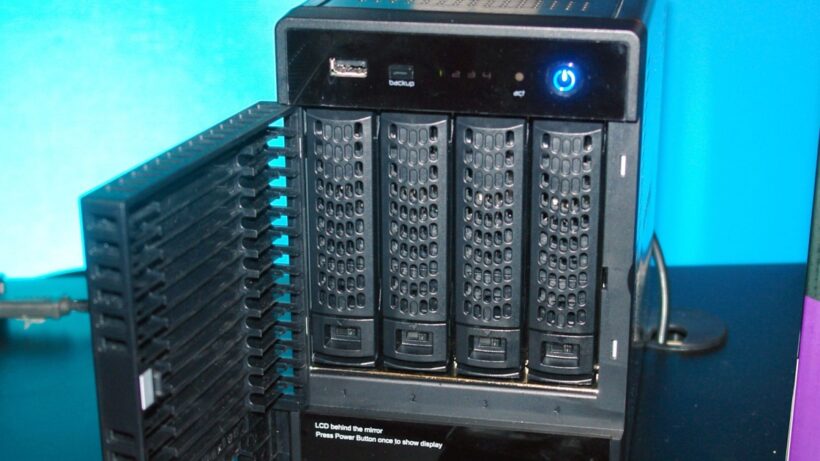Companies and firms are always looking for better ways to store more data and still have access to their network devices without hassle. One best way to achieve this is by the use of Network-attached storage (NAS). It is a file storage architecture to ensure more storage of data for easy access and optimum security.
NAS is highly recognized among the three main storage architectures: storage area networks (SAN) and direct-attached storage (DAS). NAS offers networks open access to storage with built-in security, fault-tolerant capabilities, and management.
Hot NAS Works
NAS covers the following areas of a network-based system to store data.
1. Hardware
You can apply NAS by preconfiguring the storage software with the dedicated hardware of your devices. It is known as the NAS box, NAS unit, NAS head, or NAS server. The hardware is responsible for containing the hard drives, processors, and random-access memory.
2. Software
The software part of the storage networks makes it different from the general-purpose storage. It is deployed as a lightweight operant system. The operating system is embedded within the hardware of the user devices. Whereas general-purpose servers have operating systems that send and receive numerous requests in seconds, it is related to NAS, which only receives two requests. The requests that you can send and receive from NAS are data storage and file sharing only.
3. Protocols
The NAS box comes with formatted data transfer protocols. It will enable new ways for sending and receiving data between any linked devices. Clients quickly access the protocols through switches located in the central server and connect everything that routes requests. Also, data transfer protocols enable users to access other computer files remotely.
The networks can also run various data transfer protocols simultaneously. However, there are two fundamental networks: internet protocol (IP) and transmission control protocol (TCP). They operate together where TCP combine data into packets that are to be sent through an IP.
Benefits of using NAS
Businesses can enjoy the total capacity of using NAS due to its various advantages. They include:
Scale-out capacity: you can easily add more storage capacity to the NAS using simple steps. It is as easy as adding more hard disks to your computer devices to store more data at your convenience. There are no upgrades needed, and the new storage is available for use without the need to shut down the entire network.
Performance: NAS is a dedicated platform for serving files. It, therefore, offers an easy time to link devices from other networks. NAS is also used for specific purposes, and the client will enjoy better performance while operating with it.
Easy setup: NAS architectures are simplified with scripts. It is effortless to set up and don’t require any sophisticated knowledge. It reduces the time spent to set up and manage your system.
Accessibility: accessibility is a priority when getting a storage system. Every networks device in the company will have access to NAS.
Fault tolerance: NAS is easily formatted to support replicated disks. You can use it for various tasks you want with independent disks and reduce redundancy and erasure coding.
Find top NAS storage services to enjoy these benefits. Ensure you keep your data safe and secure and accessible when you need it.
Laila Azzahra is a professional writer and blogger that loves to write about technology, business, entertainment, science, and health.
